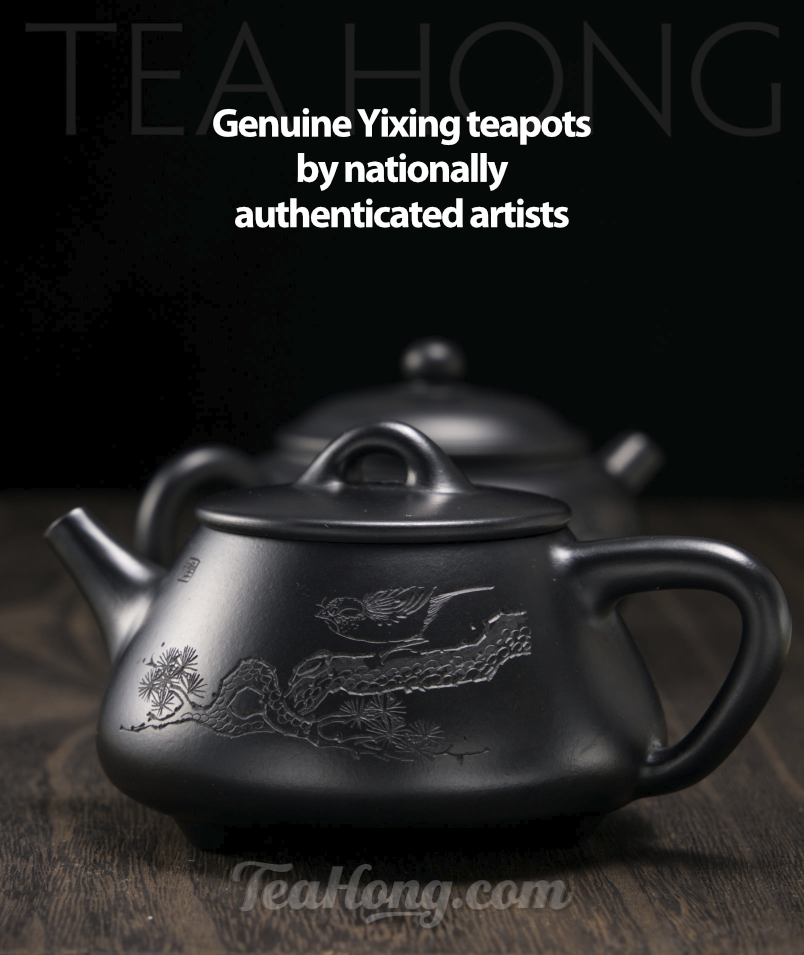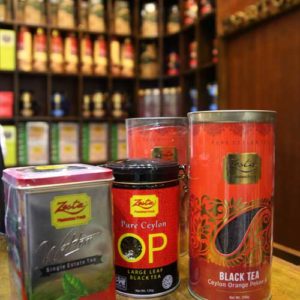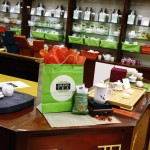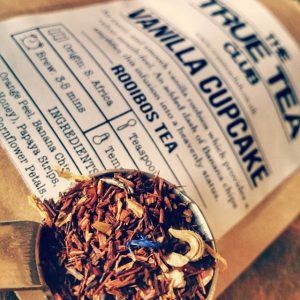White Tea: Health & Buying tips
- Silver Needle, but not the authentic white tea. This variation is a green tea in nature. 綠茶版白毫銀針 20551 | 8839
- Silver Needle with a smaller shoot, probably not from the Fuding origin. Notice that this one is less oxidized than the authentic one. As a result, it is whiter and therefore more appealing to the under-informed consumer.
- Silver Needle, aka Baihao Yinzhen 白毫銀針 The oldest form of white tea made from the Dabai group of cultivars in Fuding, Fujian. 20057 | 8722
health notes
Some findings have stated that white teas are more potent than green teas for anti-mutagenic, anti-oxidative (1) and even anti-fat-accumulative effects (2), triggering a wave of white tea products ranging from tea bags to skin lotions.
Such findings need to be understood in better perspective, however. While most teas that the scientists have used are commercially available products in the market, that they have compared against is Silver Needles. Silver Needles are made entirely from pre-open apical buds, i.e. the leaf shoots, and therefore, bound to contain the highest percentage amount of catechins by weight, as compared to the vast majority of green or black teas, which are made from the open/half open leaf shoot and the lower leaves. The other salutary substances triggered by the light amount of oxidation are not well documented and studied in these reports.
Although white teas are prized for their higher salutary contents, the reader has to be aware that modern Silver Needles are a lot lighter oxidized than they used to be. They are a lot colder in TCM than the more oxidized White Peony varieties. It is advisable that an infusion of Silver Needles should be drank hot for effects of riding of unwanted body heat (TCM term) and toxins, and to take in its unique combination of flavonoids and theobromine (the same stimulating substance as in chocolate). Warm or room temperature liquor should not be drank by the weak or on the verge of colds or flus, to avoid possible “dampness” (TCM term) that would attract ailments.
The more fermented (or oxidized) white teas, ie White Peony varieties, are friendlier choices for most health types. However, it is still advisable to drink it hot for both taste and health. White Peonies are also ideal dinner table teas, but it is advisable to use the Zhenghe variety which is darker and warmer by TCM term, thus more suitable for weaker stomachs during eating. As a beverage throughout the day, the Fuding variety helps rid excessive body “heat toxins” a lot more effectively.
Less common in the market but still available is the authentic, more oxidized, traditional style Silver Needles. They are not only friendlier to the body, but also tastier. Notice in the photos at the top of this article that they are those with the dullest colour.
- A green tea “White Peony”. By definition, White Peony refers only to the genuine white tea. A green tea like this labelled using that same name is intentional mislabelling. Nevertheless, this is a top quality amongst the imitations. It is at least a decent tea.
- White Peony aka Bai Mudan 白牡丹, This authentic white tea is from Fuding and made in the local style using the Fuding Dabai cultivar, special grade, matured for 1 year. 20197 | 8730
- Zhenghe White Peony, or Bai Mudan 政和白牡丹. Top quality batch. Local producers refer to this as Mudan Wang (King of White Peony)
buying tips
In addition to traditionally made ones, there are also machine processed white teas for the mass market.
The old Pekoe Tea, also called Small Pekoe (Xiao Bai Hao), is now being imitated through this machine method, because of popular market demand for White tea for its health benefits mentioned in recent findings. It is now produced in various plantations outside of the origin and outside of China, with different tea plant cultivars. Only that it is being marketed in the West as an expensive tea. It usually appears in pyramid tea bags or the likes, or as an “organic” product in the health food section.
They are withered in a conveyer belt setup or in chutes with more heat, quick and light rolling of the leaves (thereby slight breakup of the cell walls for quicker “fermentation”, as in black teas, only much lighter) and also a piling step for fermentation. It tastes like a cross between traditional white teas, black tea and green tea. Some are even basically green teas. They are much cheaper and easier to produce than traditional white teas.
In China, a mass market variety is made from the leaves of the same cultivars as those for traditional quality ones. This machine made version is referred to as “New Technique White Tea” and is labeled as “Sau Mei” (Translation: Longevity God’s Eyebrows. The same name was first used in one traditional white tea). A low grade of this is used popularly in the dim sum restaurant.
Another thing to watch for is the deceptive look. The distinguished appearance of White teas is often imitated. Some producers would give up the proper White tea process, which is tedious and demanding, and go for a much quicker green tea process. The tea is baked after a very brief withering (like in green tea), and then dried. Because of a simpler process and no fermentation, the white is whiter and the green is greener in the resultant teas. The nicer colours give a better visual impression.
Some of these, especially the green tea versions of “Silver Needles”, are scented with jasmine for even easier marketing. Green teas taken to imitate white teas have neither the distinctive slight “fermented” taste nor the characteristic “hay” smell. Their chemical composition is that of green teas and not that of white ones.
Authentic White teas such as Silver Needles and White Peony are better known nowadays. Due to their relative rarer quantity, the price has risen quite significantly since this article was first published in late 2010. Some farmers are beginning to learn the traditional method and hopefully the production will rise soon enough to balance off the surge in price. Watch out for imitators wanting to benefit from this even wider gap in profit filling your order with similar looking products.
















